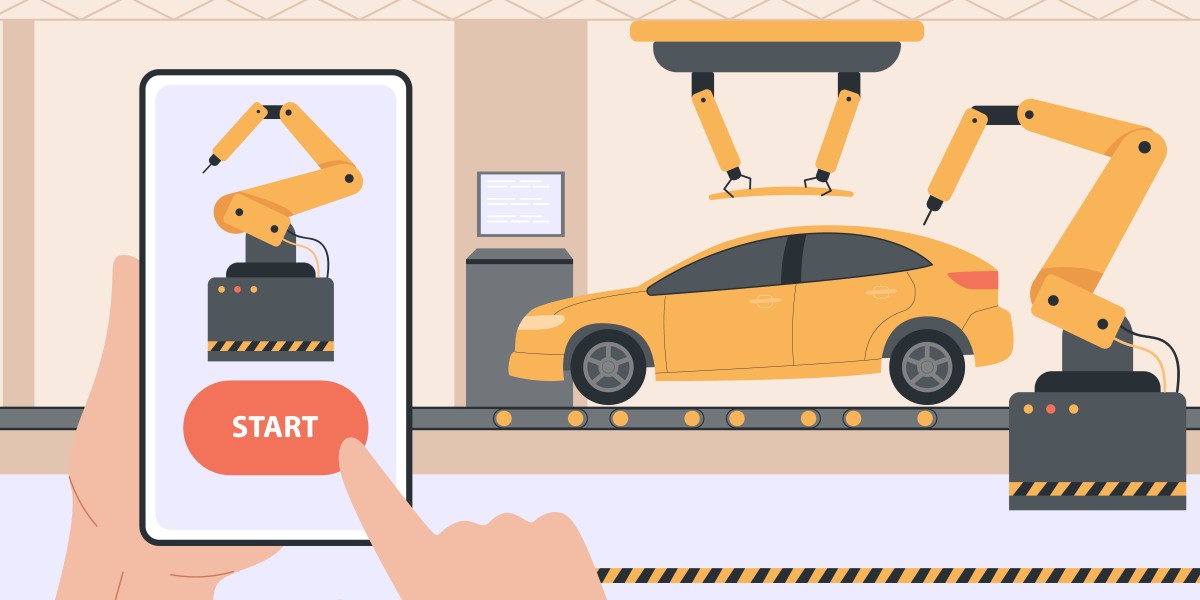In the ever-evolving landscape of technology, Autonomous Mobile Robots (AMRs) have emerged as a groundbreaking solution, revolutionizing industries and streamlining operations. These robots, equipped with advanced sensors, artificial intelligence, and navigation systems, are designed to perform tasks without human intervention, offering a new level of efficiency and flexibility.
One key application of AMRs is in logistics and warehouse management. These robots can navigate through complex warehouse environments, efficiently transporting goods from one location to another. With the ability to adapt to changing surroundings, AMRs optimize inventory management, reduce the need for manual labor, and significantly enhance the speed of order fulfillment. This not only improves operational efficiency but also reduces costs and minimizes errors.
In manufacturing, AMRs play a crucial role in automating material handling tasks. These robots can transport raw materials, components, and finished products within a manufacturing facility, ensuring a seamless and continuous workflow. By taking over routine and repetitive tasks, AMRs enable human workers to focus on more complex and value-added activities, thereby increasing overall productivity.
The healthcare industry is also embracing AMRs to improve efficiency in hospitals and clinics. These robots can be programmed to deliver medications, transport medical equipment, and even assist in cleaning and disinfection tasks. By automating these routine activities, healthcare professionals can allocate more time to patient care, ultimately enhancing the quality of healthcare services.
The agricultural sector is experiencing a transformation with the introduction of agricultural robots. AMRs equipped with sensors and cameras can navigate through fields, monitor crop health, and perform precision tasks such as planting and harvesting. This not only increases efficiency but also reduces the environmental impact of traditional farming practices.
In conclusion, Autonomous Mobile Robots are at the forefront of technological innovation, reshaping industries and unlocking new possibilities for efficiency and productivity. As businesses continue to adopt these intelligent robots, the future holds a promise of enhanced operations, reduced costs, and a more sustainable approach to various sectors of the economy. The era of autonomous robotics has dawned, and its impact is poised to be transformative.







